Feb 05, 2019
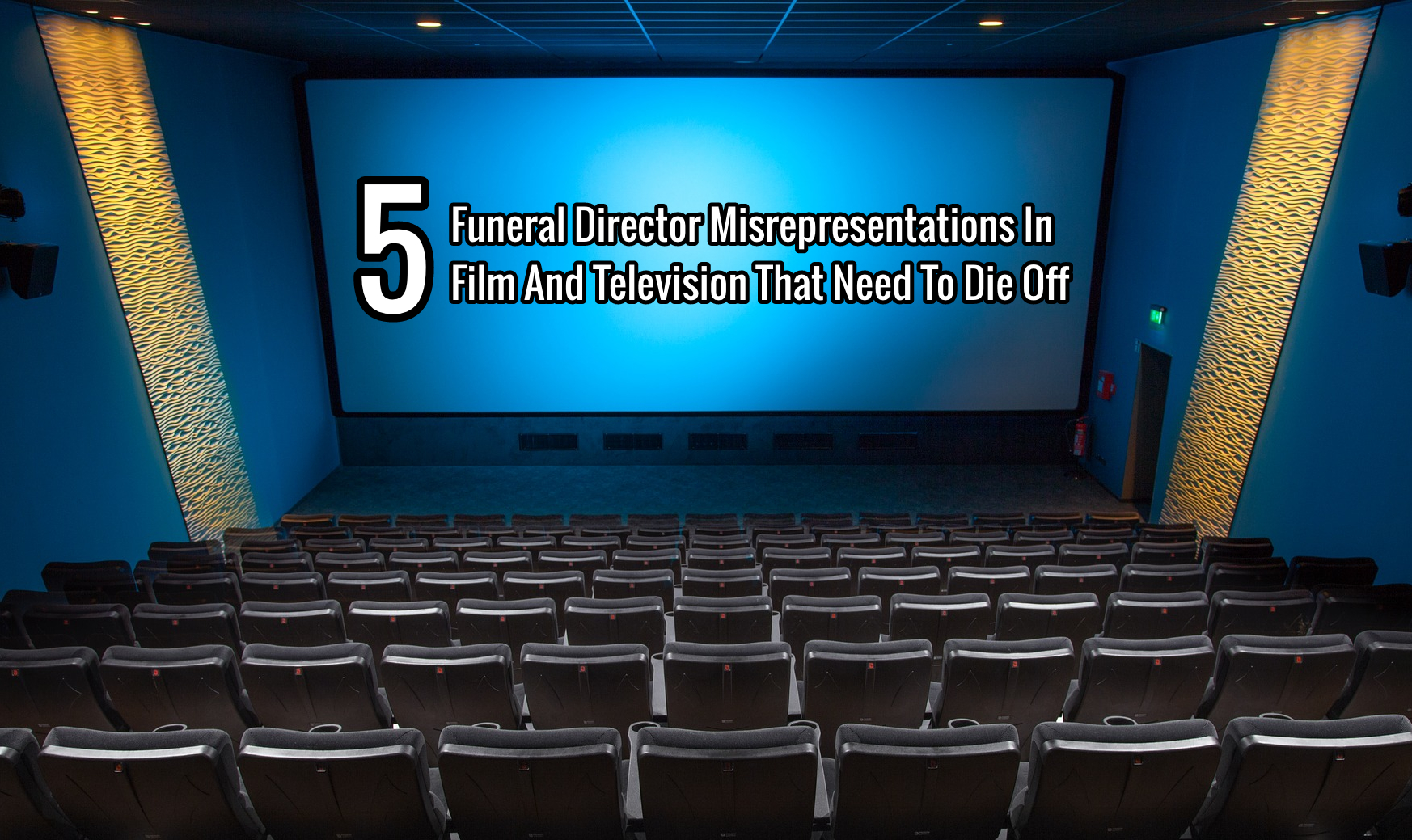
I am a self-proclaimed TV-O-Holic. I was watching
self-recorded VHS tapes and DVDs of WB teen dramas on repeat before the term
‘binge watching’ even existed. Netflix was created for people like me.
One of the side effects of watching entirely too much TV is
you begin to notice patterns emerging. You pick up on story lines that have
been recycled and the same character conflicts repeating themselves. As a
writer, this often becomes difficult to ignore because it’s very obvious when a
script takes a lazy approach to a storyline.
Since I began writing for the funeral profession, I’ve
become much more attuned to portrayals of funeral directors on TV shows and in movies.
I pay attention to the dialogue written for them and the motivations of these
characters. One thing I have noticed is if a sitcom or drama is on TV long
enough, eventually the protagonists are going to be faced with death. When this
happens, there is often a one-off episode that revolves around the characters
making funeral arrangements or attending a memorial service.
What I find so frustrating is how little time and creativity
entertainment writers invest when creating mortician characters. Funeral directors on TV shows and movies have little to nothing in common with the real people who live this profession. The service hearted and dedicated folks I have had an opportunity to spend time with at conventions across the country are nothing like their on-screen counterparts. These one-dimensional roles fail to ever consider
what motivations or layers might exist within a funeral director. They are so
one-note, in fact, that I’ve begun noticing these misrepresentations repeat
themselves across genres and time periods.

TV shows and movies that are completely unrelated to one
another share this common blind spot, like a bad tradition being handed down
through generations of scriptwriters. Not only are these portrayals decidedly negative, but they reinforce false ideas and misinformation about the death care profession. What makes this even more disappointing is
when one of these mischaracterizations appears in an otherwise very original or
inspired show.
In 2018, our culture was treated to not one, but two
accurate depictions of funeral directors. In March, the film
Getting Grace was released and
introduced the character of Bill Jankowski, a disenchanted mortician whose
perspective is completely transformed by a 16-year-old girl dying of cancer.
The movie also includes the character, Mary, Bill’s more approachable sister, and
does a superb job of showing how differently funeral professionals might
approach their work. Then in October, the Netflix phenomenon,
The Haunting of Hill House premiered and
the world fell in love with the character Shirley Crain, a sensitive and
complex mortician with a bit of a control problem who is tasked with embalming
her sister’s body.
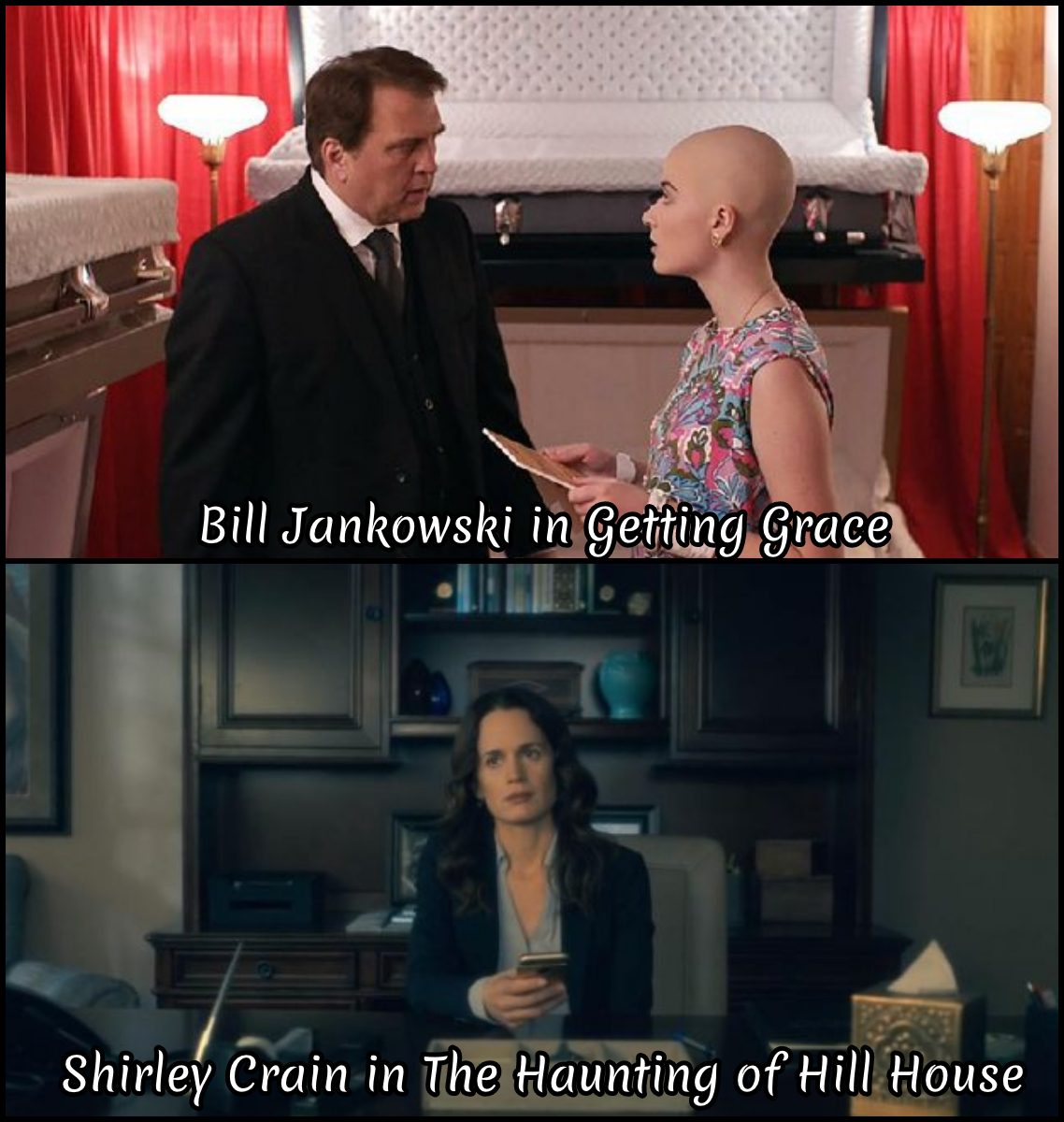
While Getting Grace
is a family film and Hill House is a
horror series, these two entertainment offerings overlap when it comes to their
fresh and fully-developed funeral director characters. While these characters
were not without imperfections, they were written and acted with authenticity.
Rather than serving up undercooked caricatures, the movie and show creators
were driven to fully examine what motivations, fears, experiences and thoughts
dictate the actions of a funeral director.
These characters make previous representations of morticians
appear all the more stark in their lack of originality. A message to Hollywood:
when it comes to portraying the funeral profession, you can do better.
Here are 5 funeral director character tropes that need
to be put out to pasture.
1. The Greedy Vulture
Funeral Director

Entertainment writers do a disservice to funeral homes in
many ways, but the worst offender is the depiction of a funeral director as
money-hungry and willing to scam grieving families. Sadly, this is also the
most re-used stereotype. This character shows up in both TV shows and movies
and can be found in comedies as well as dramas. Most often, the mortician
clashes in someway with the story’s protagonist, exacerbating the grief of the
main character whom the audience is rooting for. The reason this overused trope
is so harmful to the funeral profession is because it perpetuates the idea that
funeral directors should not be trusted.
One particularily glaring example of this occurred in a later episode of
the critically beloved TV show,
Friday
Night Lights
,
which aired from 2006-2011.
I enjoyed this show so much that I’ve watched the entire series twice, and
the character Matt Sarancin, was always my favorite. One of the most highly
praised episodes of the show was titled “The Son.” So much about this episode
feels like a real and authentic study of grief and loss. Yet, there is one
scene I find so difficult to watch due to its startling inaccuracy. (Warning: spoilers
ahead).
After Matt’s father is killed in Iraq while serving in the
Army, he visits a funeral home to make arrangements. Matt brings Tammy Taylor,
his football coach’s wife who is like a mother to him, to help him through the
process. In the scene, the unnamed funeral director is shown reviewing funeral
options with Matt. Here is a list of some of the major factual errors you’ll
find in the span of this two minute clip.
- The scene implies the funeral director is
attempting sneak in charges for things that are completely unnecessary. The
general takeaway is that he gets caught in the act of doing this by Tammy.
- After the director states he thinks a closed
casket would be best, Tammy begins naming line items from the bill.
“Viewing, visitation day, use of facilities,
use of staff, that wouldn’t be necessary if it’s closed casket.”
The director then nods his head and says ‘of
course, we’ll just remove those fees’ rather than explaining the fact that visitations
and wakes are very often held even if there is a closed casket.
- The funeral director incorrectly labels a
“funeral service escort” as the vehicles that transport the family, rather than
the vehicles that direct or control traffic during the funeral procession
while escorting the procession through the streets. It is implied
that this is some sort of expensive and superfluous extravagance.
- When Matt leaves the scene and Tammy accusingly
says,
“You look me in the eye and you
tell me Veterans Affairs is going to pick up a $9,000 bill”
, the mortician
just stares with a blank face like he’s been caught in the act. There is no
mention that Matt’s father died while serving in active duty and therefore the
Department of Defense does cover most expenses including those not paid for by
the VA, such as cremation, embalming, casket or urn, funeral director services,
and transportation of remains.
The lack of fact checking in this scene is astounding. The
idea that a funeral director would ever sit in front of the next of kin of
someone killed in the line of duty and not fully explain what military funeral
assistance covers and what this family would be entitled to is so far removed
from reality. Although most of the series and even the rest of this episode
sparkle with originality, this scene feels so contrived. It’s obvious the producers
wanted to set up a hero moment for Tammy to come to Matt’s defense, but it’s
such a shame they had to discredit morticians and spread false information to
do it. If the writers had shown this scene to just one single funeral director
or anyone even remotely tied to this profession, they would have learned just
how unfairly exaggerated it truly was and how poorly it reflects reality.
Friday Night Lights
is just one of many examples of the mortician swindler that appears in movies
and television to either literally or suggestively ask protagonists,
“But don’t you want the very best for your
loved one
?” There’s the funeral director in The Big Lebowski who guilt trips Walter and The Dude to try to
convince them to purchase an expensive urn for Donnie, which they don’t want or
need. There’s the mortician in
Shameless
that secretly pays Frank to convince terminally ill people to select expensive
caskets for their preplans. There are countless funeral directors in sitcoms
that pop in to brazenly ask characters about the health of their older
relatives. Even funeral professionals
across the pond in the UK have
communicated their frustrations over characters on British soap operas
like
EastEnders that portray
directors as dishonest and fraudulent.
These on-screen distortions have real world consequences for
the many funeral professionals who feel pressure to distance themselves from the
morally bankrupt misrepresentations that appear on screen. The image of a mortician
needlessly pressuring grieving family members has been repeated on so many
television shows and movies that it has nearly eclipsed the actual work and
dedication of the funeral service profession. Fortunately, many funeral professionals
have been able to disprove these misconceptions within their own communities.
We’d like to see more entertainment writers focusing on these true-life
examples instead of relying on false constructs.
2. The Unfunny
Funeral Director Who Thinks Death is Hilarious

He puts the FUN in funeral. People are DYING to see him.
Every word out of his mouth sounds like a bad joke from a Popsicle stick. You
know the character I am talking about. You’ll find him in old sitcoms and
recent ones, reciting nearly identical lines. Recently, I spotted him while
binge-watching the 90s family sitcom
Step By Step
(which, incidentally, I don’t recommend). On a double date, he ruins everyone’s
appetite by sharing embalming jokes throughout dinner. Because, you know,
funeral directors aren’t capable of talking to people without commenting on
their veins or telling prep room jokes.
Then, nearly 20 years later, a new version of this character
emerges on the sitcom
Parks and
Recreation
. When lovably sarcastic April Ludgate begins to rethink her
career choice, she decides to visit a local funeral home, only to be hit with a
litany of
bad funeral puns from the resident funeral director. While
Parks and
Rec
is one of my favorite shows of all time, I cringe every time I see this scene. For a
show that makes me laugh harder than just about any other TV show ever created,
it was disappointing to discover the writers could not find a way to make this
scenario authentically funny.
Let’s get one thing straight: most funeral directors have
very animated personalities and appreciate a good joke. Their unpredictable
schedule usually has insanely long hours and they are reminded constantly that
life is too short not to appreciate humor when you can. That being said, most
funeral directors do not find death and mortality to be all that funny of a
subject. They see firsthand the tragedy and grief that surrounds death and
understand the importance of treating those in their care with reverence, not
as a source of amusement. Sitcom producers want to make audiences laugh, but
these same old tired funeral home jokes have been on life support for years
now. Fingers crossed that these writers will check out this list of
hilarious funeral home GIFs for some fresh material next time!
3. The Creepy Funeral
Director
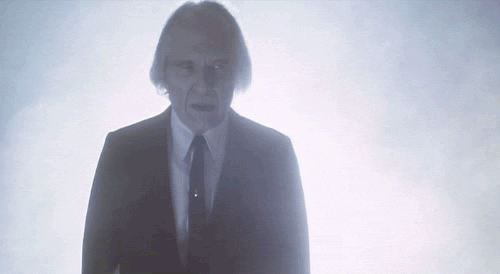
The funeral profession has been inextricably linked to the
horror genre for so long, its no wonder the creepy mortician trope is
continually recycled. Going back as far as 1979’s
Phantasm or 1983’s Mortuary,
you can find a score of examples of funeral directors who are characterized
as sketchy or sinister. Anytime a plotline revolves around vampires, zombies or
serial killers, there is an increased likelihood a mortician will show up in
the story as either the main culprit or as a ruse to distract you from the real
bad guy. These characters are nearly always male and are played with type of
stoicism that borders on sleepwalking. The tall, pale and quiet man who just
seems to appear out of nowhere with lines like,
“I’ll be seeing you soon.”
From these depictions, it is almost as if fear of death has been replaced by fear of death care professionals. Those that work in the funeral profession
are easy and obvious targets for horror scriptwriters simply because they work
with dead bodies. And while most people don’t turn to horror movies when they
want to experience something real and authentic, these writers are still doing
a disservice not only to the funeral professional, but to society as a whole by
portraying the funeral home as a place one should be afraid of. Our culture’s reluctance to talk about death
is rooted in these types of negative associations. Rather than feeding into
these unrealistic fears, horror creators should strive to find more imaginative
ways to use funeral homes in their stories.
The
Haunting of Hill House proved this is
possible, so we’re hopeful that others will follow their lead.
4. The Incompetent
Funeral Director
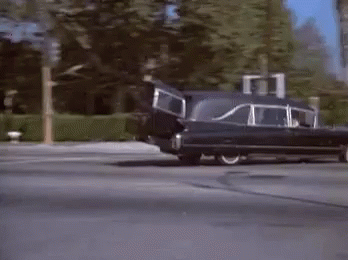
You had one job, Mort!
Occurring most often in comedies that involve a funeral
service as a major plot point or dramas with a murder mystery, this character
trope serves a very specific (and very predictable) purpose: to set off a chain
of events. He or she shows up specifically to drop the ball so the main protagonists
are forced to react to the created dilemma. When a funeral director’s
ineptitude is necessary to drive a plot point, it’s hard not to just walk away
shaking your head. Most often, the scenario presented is so unlikely when you
consider how detail-oriented directors must be and how many precautions they
must take in order to be compliant with the laws and regulations that govern
this profession. That aspect of funeral service seems to be absent in just
about every portrayal of the profession, but the recycled incompetent funeral
director trope really takes this distortion to another level.
“This type of thing almost never happens”
Whether it is a mortician putting the wrong body in a
casket, mishandling cremated remains, or having a major mishap in the prep room,
the story trajectory is the same. The funeral director is not written into the
story as a character so much as a plot device. It is a simple equation – if
you’re writing to get to the end result, which is that something is going to happen
to a dead body, you have to figure out a way to make that happen.
“Let’s make it the mortician’s fault” becomes the easy answer, time and again. Both TV and
movie comedies love to come up with outrageous and completely unrealistic
memorial service shenanigans for their protagonists and as a result the funeral
profession is often used as the obvious scapegoat.
While there are real instances that have transpired where
funeral directors have stepped out of line, to paint this picture over and over
again in movies and TV as though it is a common occurrence is insulting to both
the funeral profession and the audience. You would think, from watching TV and
movies that funeral service is like the Wild West of career professions when in
fact it is one of the most heavily regulated and monitored. It is unfair to
present this image as the norm when the true reality is almost never explored. Plausibility
is often sacrificed so that writers can reach their end result more quickly.
However, a well-crafted plot device should emerge in a story naturally.
Writing a one-dimensional, inept funeral director character solely to
facilitate a completely unrealistic narrative takes a lot less effort (and
talent) than allowing a storyline to develop organically.
5. The Invisible
Funeral Director
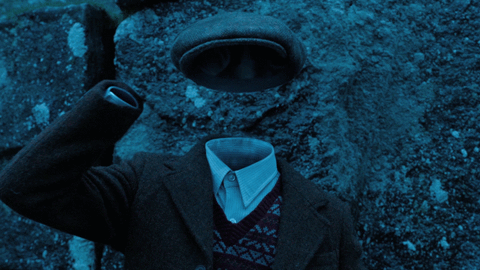
In many cases, entertainment professionals are too hesitant
(or lazy) to even write a funeral director character at all. Rather than rising
to the challenge, they take the easy way out by taking the funeral director out
of the equation entirely. You see this in sitcoms and dramas so often, a
funeral scene will play out without any funeral professionals present at all. In many ways, this is the worst of all because it appears as though the family
has taken care of everything themselves, with no help at all from anyone. It
completely diminishes the role of a funeral director in our society and
perpetuates a false impression that families are given no assistance or guidance when
planning funeral services.
With so many mortician characters lacking depth and humanity,
you can hardly blame real-life funeral directors for cringing whenever one
comes into a scene. Yet, there have been a handful of interesting, complex and
fully-developed roles we wanted to mention as well.
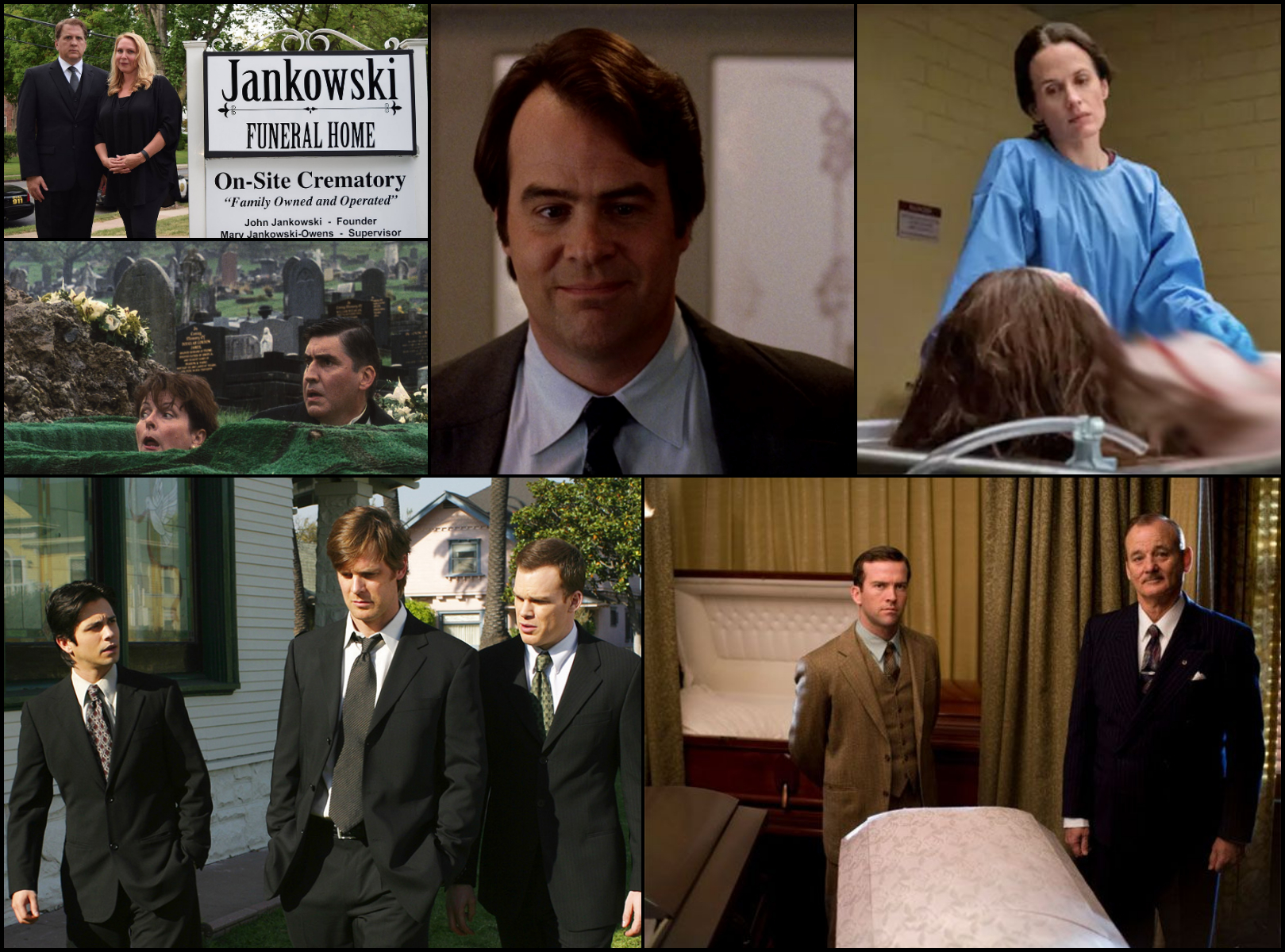
Below is our list of the top 10 funeral
director movie and TV characters
- Bill Jankowski in Getting Grace
- Shirley Crain in The Haunting of
Hill House
- Nate Fisher on Six Feet Under
- Harry Sultanfuss in My Girl
- Bill Murray in Get Low
- Mary Jankowski in Getting Grace
- David Fisher in Six Feet Under
- Goodenough in The Six Wives of
Henry Lefay
- Alfred Molina in Undertaking Betty
- Frederico Diaz in Six Feet Under
While not every funeral director on this list is a likeable
character, they are all relatable in one way or another. Their story arcs have
a defined and unique progression that does not rely on assumptions, stereotypes
or recycled tropes. When it comes to depicting those in the funeral profession,
we are not asking for flawless representations. We are simply requesting that
writers make more of an effort to create more richly-drawn characters like the
ones above that accurately reflect the real life people who live this
profession day in and day out.
What are your thoughts on funeral director character
portrayals on TV and movies? Are there any misrepresentations we left off our
list? What are your favorite/least favorite funeral director characters? Please
share with us in the comments below.
About The Author
Jess Farren (Fowler)
Jess Farren (Fowler) is a Public Relations Specialist and Staff Writer who has been a part of the ASD team since 2003. Jess manages ASD’s company blog and has been published in several funeral trade magazines. She has written articles on a variety of subjects including communication, business planning, technology, marketing and funeral trends. You can contact Jess directly at Jess@myASD.com
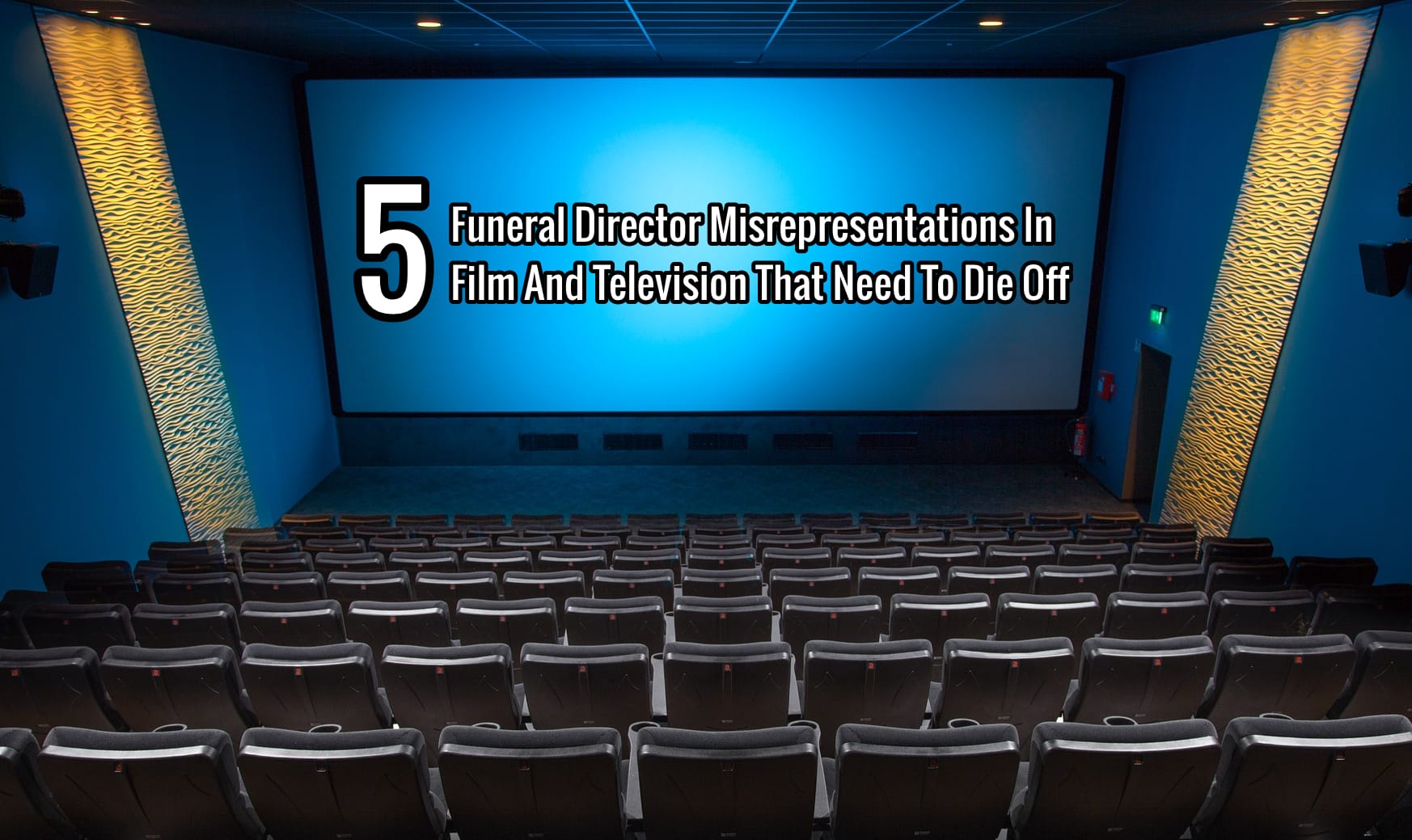

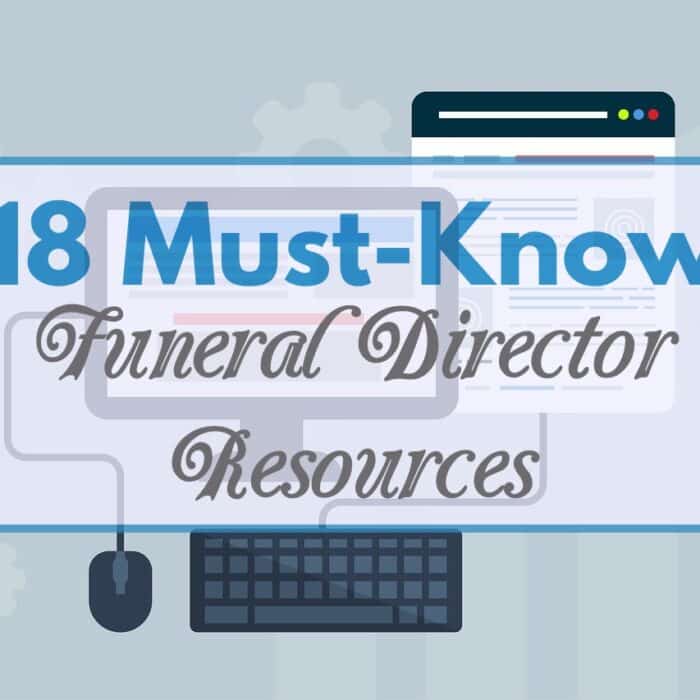
One Response
lovely article used this to help on an assignment lovely wording throughout easily digestible.